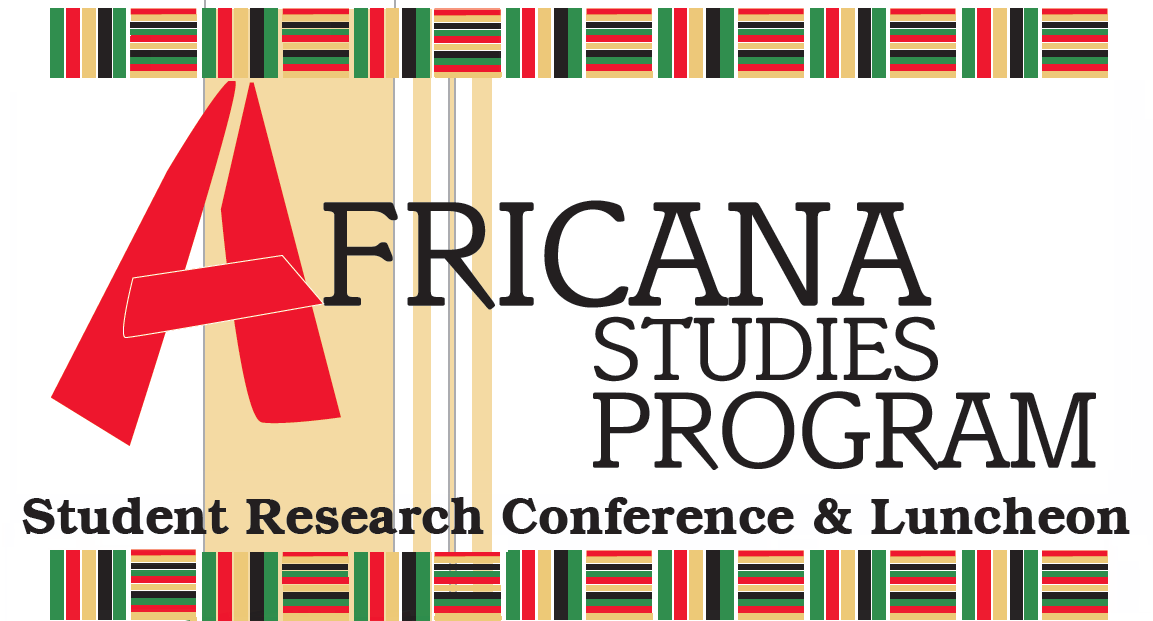Meta Warrick Fuller: A Female Perspective in the Harlem Renaissance
Degree Program
Graduate
Major
Art History
Abstract
The Harlem Renaissance was a collaborative movement, involving writers, performers, and visual artists who worked to promote the image of African Americans in the 20th century. One of their collective goals was to make cultural contributions and to convey their plight and promote the image of African American artists as cultural figures. These artists wrestled with their identities as Americans and as people of the African Diaspora. Their work often alludes to Africa, and typically also alludes to the tension between their two identities. Meta Warrick Fuller was one of a few female artists working during the Harlem Renaissance. Perhaps her most famous sculpture, Ethiopia, was commissioned for the 1921 America’s Making Exposition. Fuller’s depiction of Ethiopia comes from a place of truth and experience that she was able to articulate having lived the experience of being an African American woman. Ethiopia stands for a fair depiction of a black woman, for the identity conflict felt by the people of the African Diaspora, and for the importance of giving a voice to artists with different stories to tell. Ethiopia reveals inspiration from Fuller’s identity as an African American, female artist, and its prominent display in the America’s Making Exposition allowed the sculpture to stand for the awakening of the marginalized group of African Americans.
Start Date
23-2-2018 10:30 AM
End Date
23-2-2018 11:55 AM
Meta Warrick Fuller: A Female Perspective in the Harlem Renaissance
The Harlem Renaissance was a collaborative movement, involving writers, performers, and visual artists who worked to promote the image of African Americans in the 20th century. One of their collective goals was to make cultural contributions and to convey their plight and promote the image of African American artists as cultural figures. These artists wrestled with their identities as Americans and as people of the African Diaspora. Their work often alludes to Africa, and typically also alludes to the tension between their two identities. Meta Warrick Fuller was one of a few female artists working during the Harlem Renaissance. Perhaps her most famous sculpture, Ethiopia, was commissioned for the 1921 America’s Making Exposition. Fuller’s depiction of Ethiopia comes from a place of truth and experience that she was able to articulate having lived the experience of being an African American woman. Ethiopia stands for a fair depiction of a black woman, for the identity conflict felt by the people of the African Diaspora, and for the importance of giving a voice to artists with different stories to tell. Ethiopia reveals inspiration from Fuller’s identity as an African American, female artist, and its prominent display in the America’s Making Exposition allowed the sculpture to stand for the awakening of the marginalized group of African Americans.


